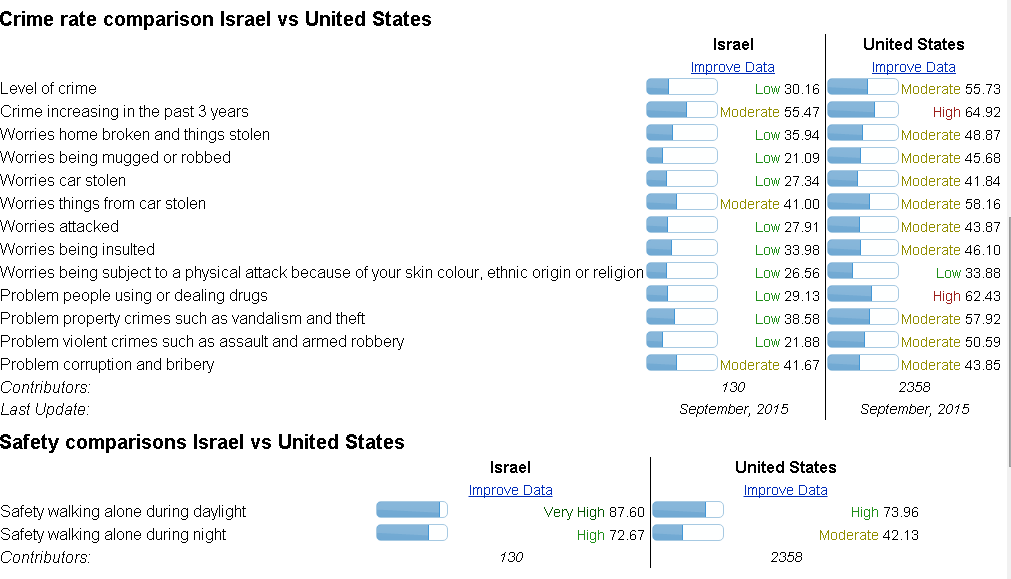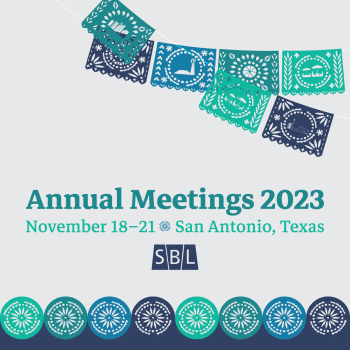When I’ve sought to reassure students and their parents that travel to Israel is relatively safe, I have often used statistics. In light of the things that have been in the news recently, I thought I should blog about this topic.
One is much more likely to be a victim of a homicide in the United States than in Israel, just as one is more likely to be a victim of a traffic accident in the former than the latter.
Indeed, we are more likely to meet our demise on the road to or from the airport than while we are away, statistically speaking.
But for some reason, statistics do not always reassure people. Perhaps it is because, even if one is less likely to die in a plane than in a car, or in a bombing than in a botched blender incident while attempting to make a smoothie, one way of dying is more spectacular and more terrifying than the other.
There are travel warnings related to Israel, but these focus on places like Gaza. Millions of pilgrims and tourists travel to Israel and Palestine every year. Many return over and over again.
There are people who would happily travel to Mexico – or, for that matter, to Detroit or Los Angeles or even Indianapolis – without thinking that the statistics about safety are a reason for concern, and yet will worry about traveling to Israel and the West Bank. And of course, if someone from another country saw only the riots in Baltimore and the fire-bombing of churches in the South on the news, they would probably feel concerned about visiting the United States.
I am thinking of writing an open letter to parents that can be sent home by students who want to go on the Butler trip to Israel and the West Bank, to try to address concerns they may have. Statistics may not be the best way to go about it. Any thoughts about what to try instead? Should I stick to the utterly meaningless, but often reassuring, comfort provided by anecdotal evidence? If so, I can fight my natural logical and scholarly instincts and do that. The fact that I have taken students to these places twice, and they have felt safe, may count for more with concerned parents – even though the statistics ought to send the same message more effectively, being based on a larger set of data.













